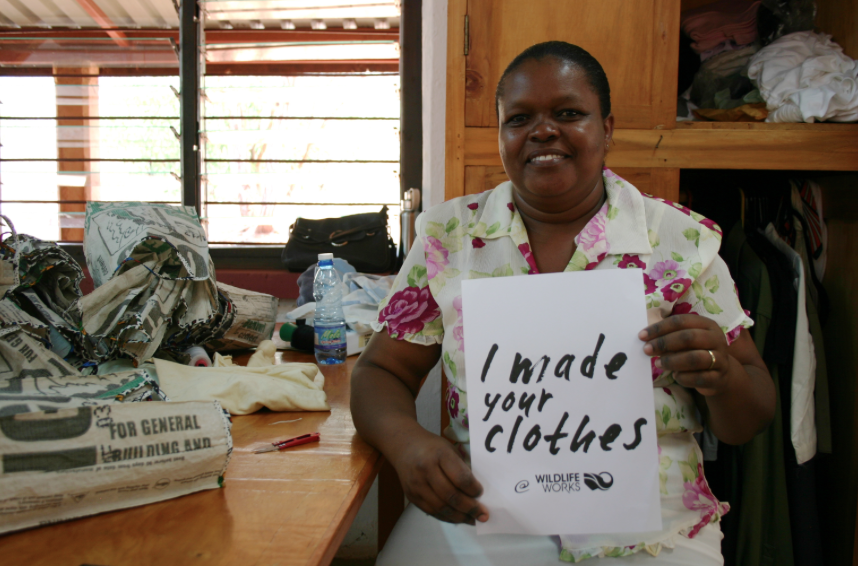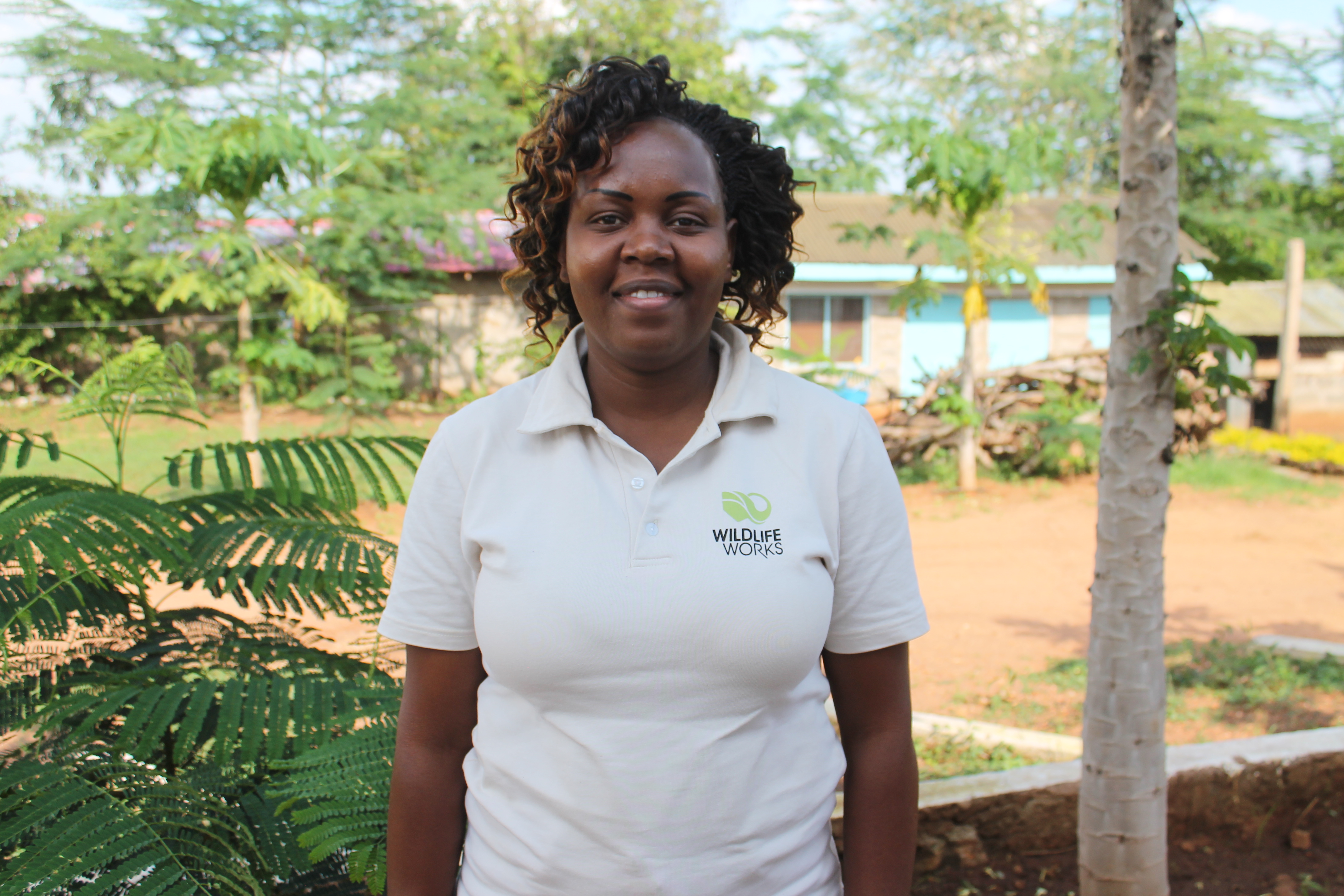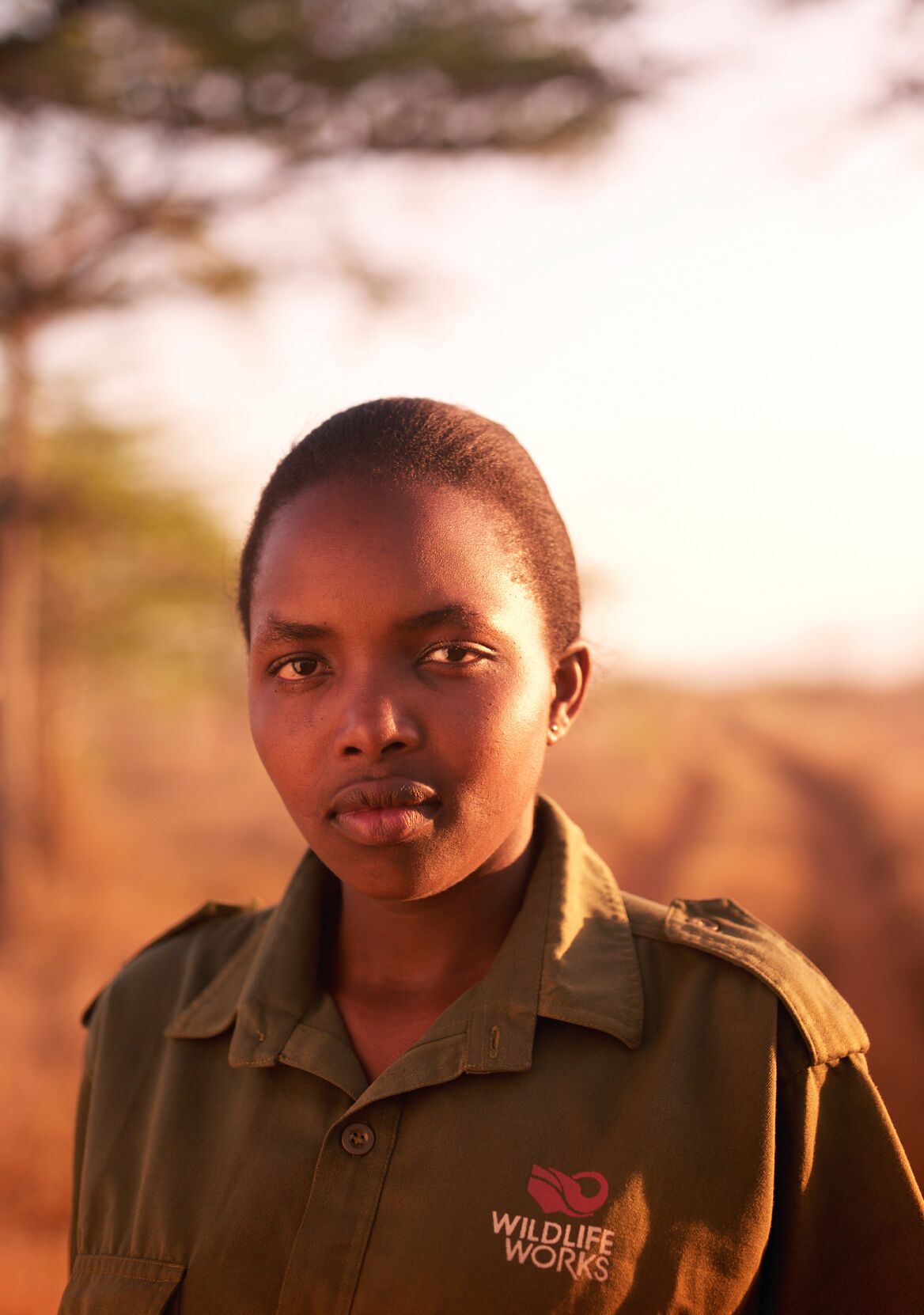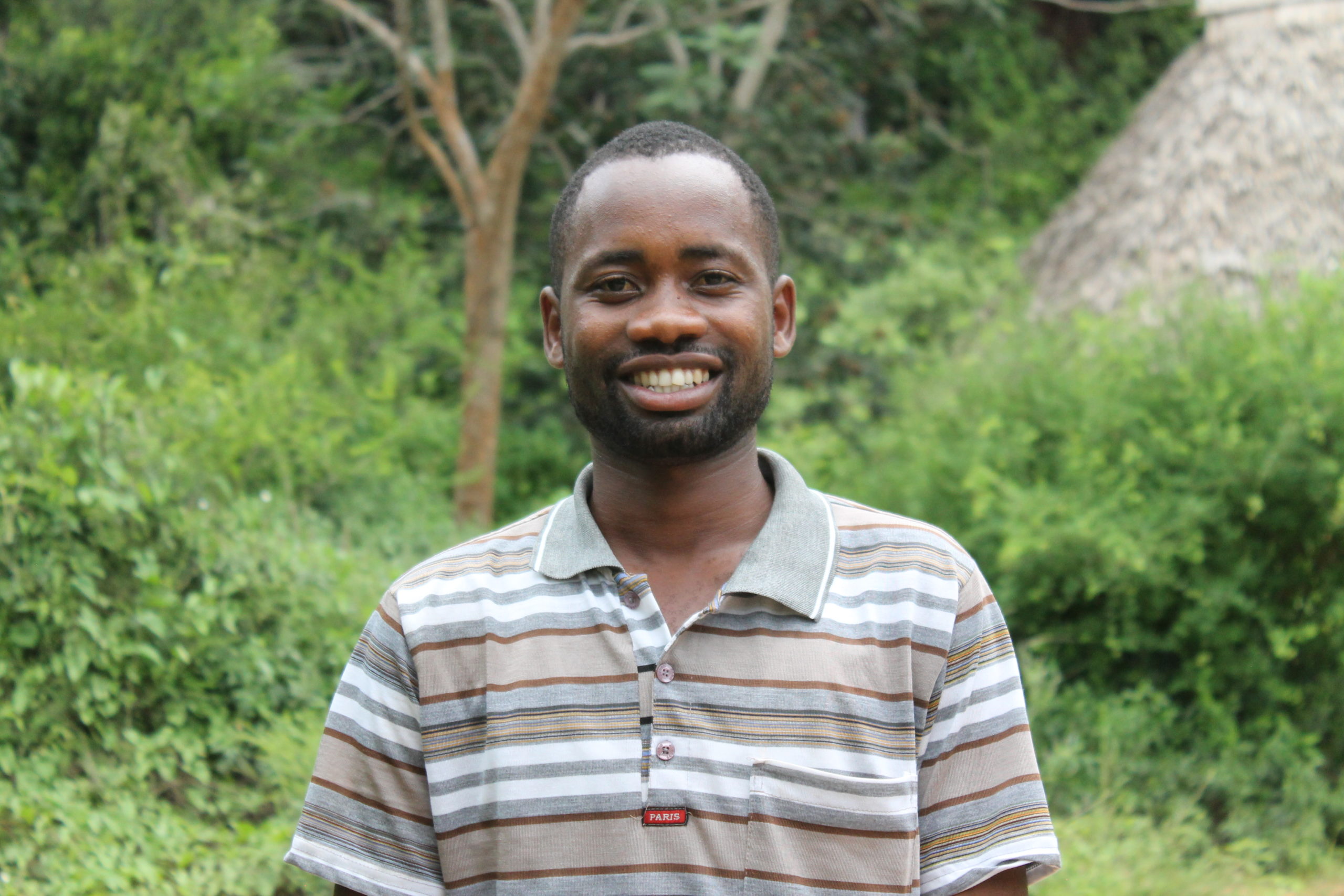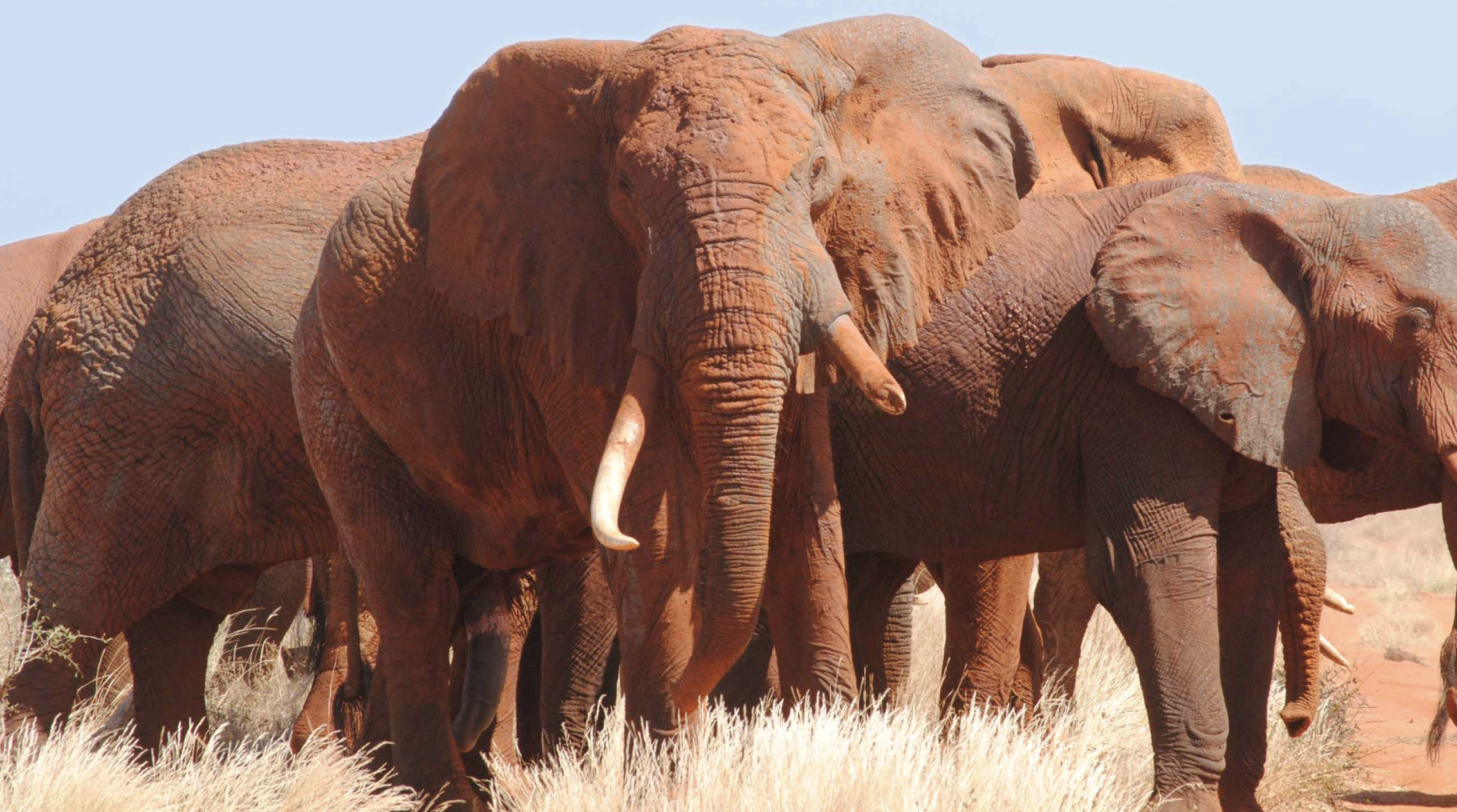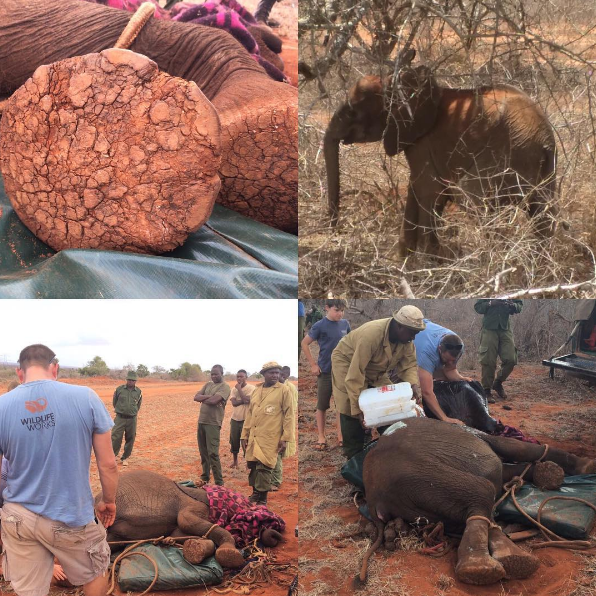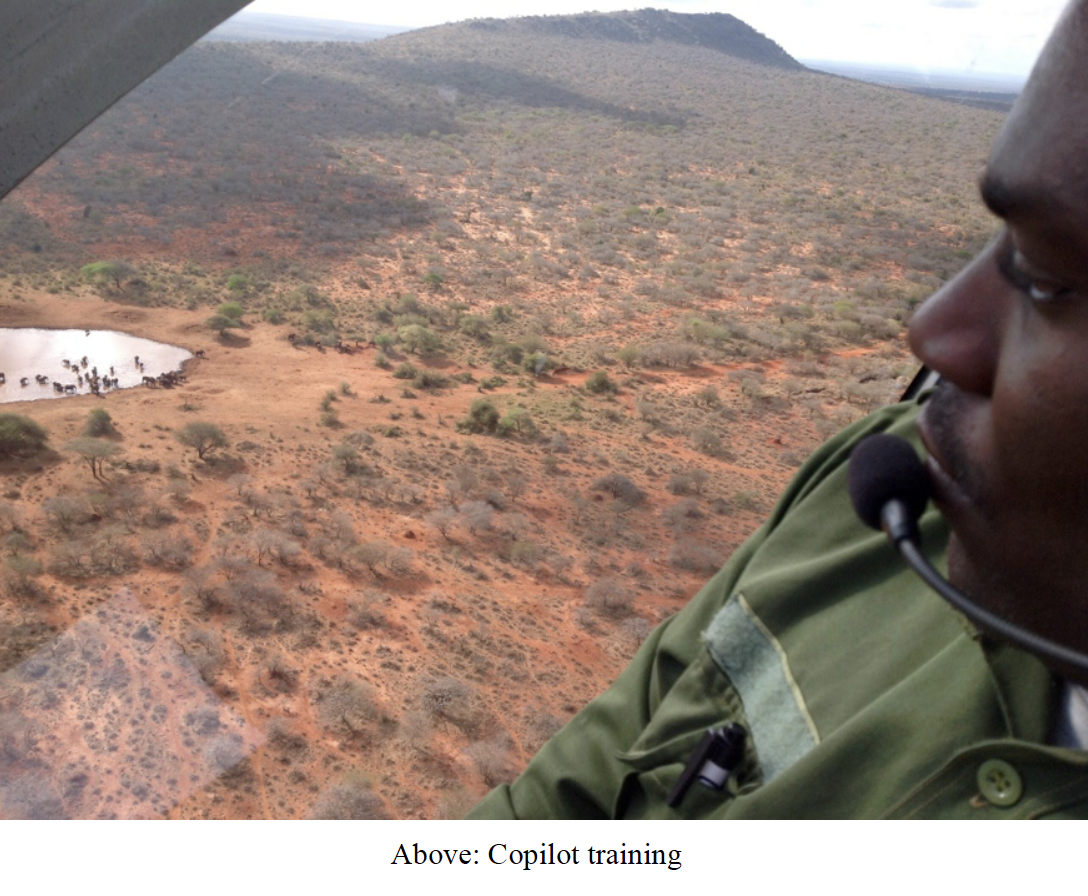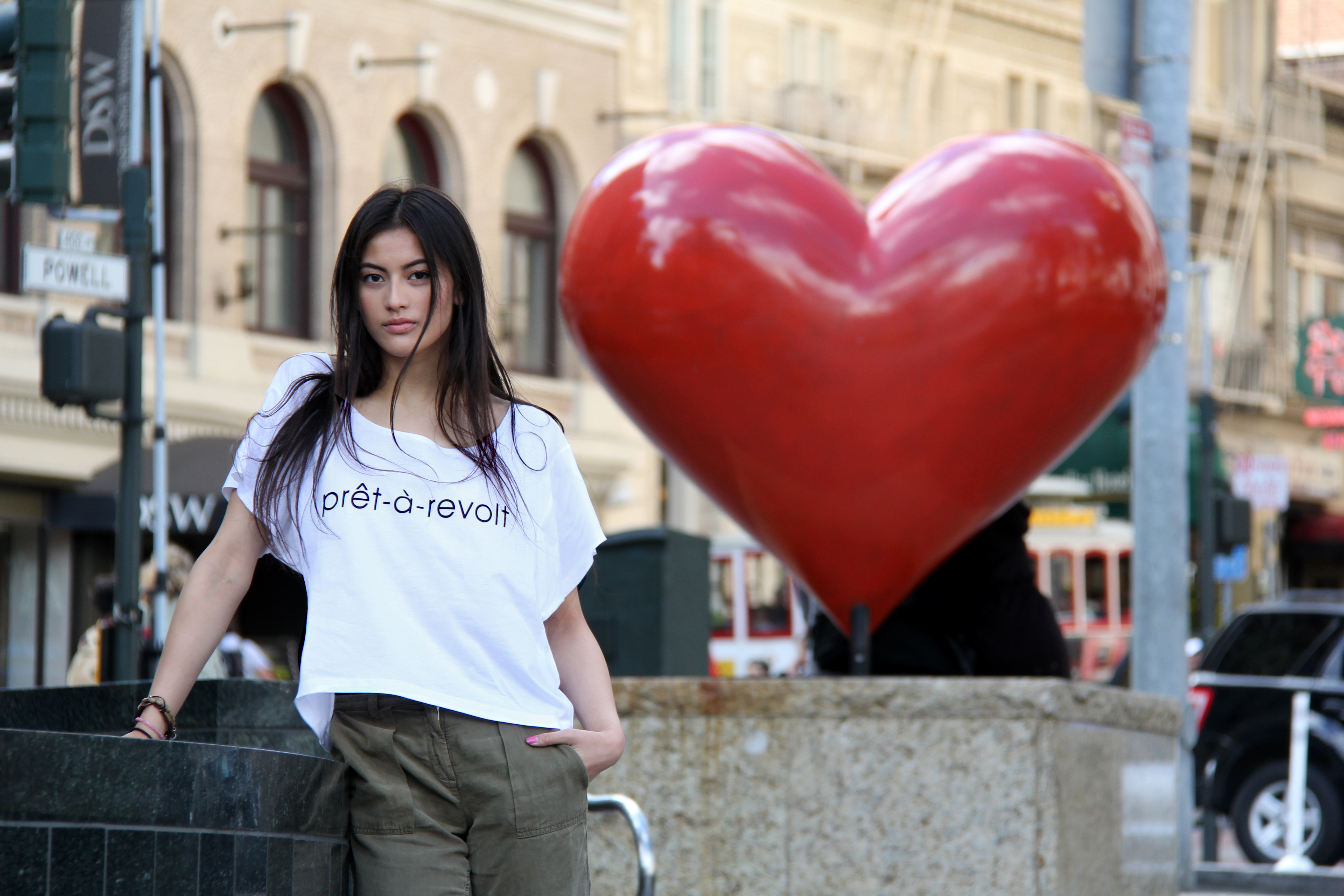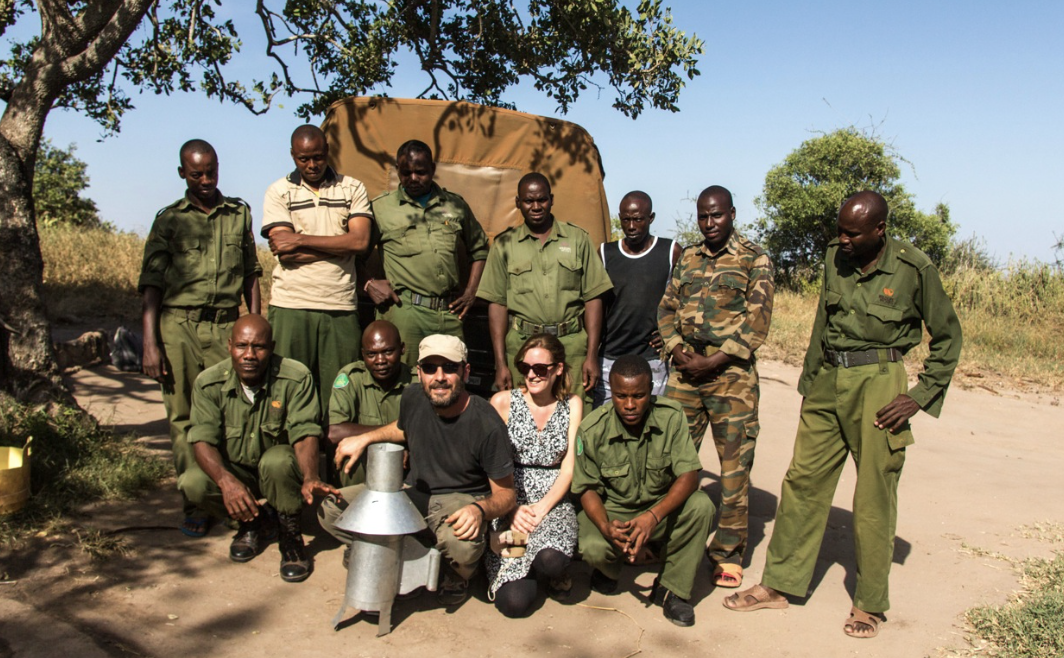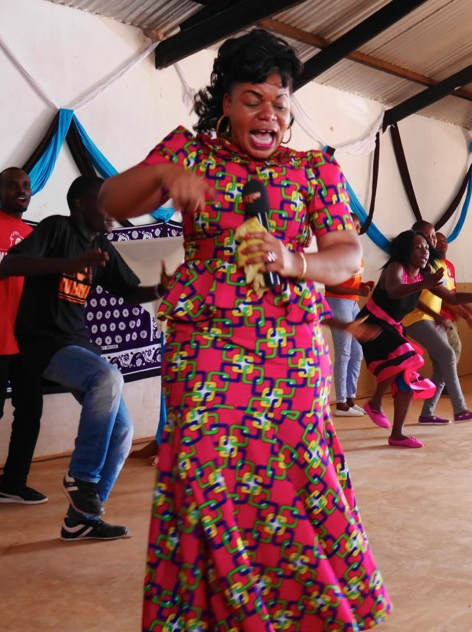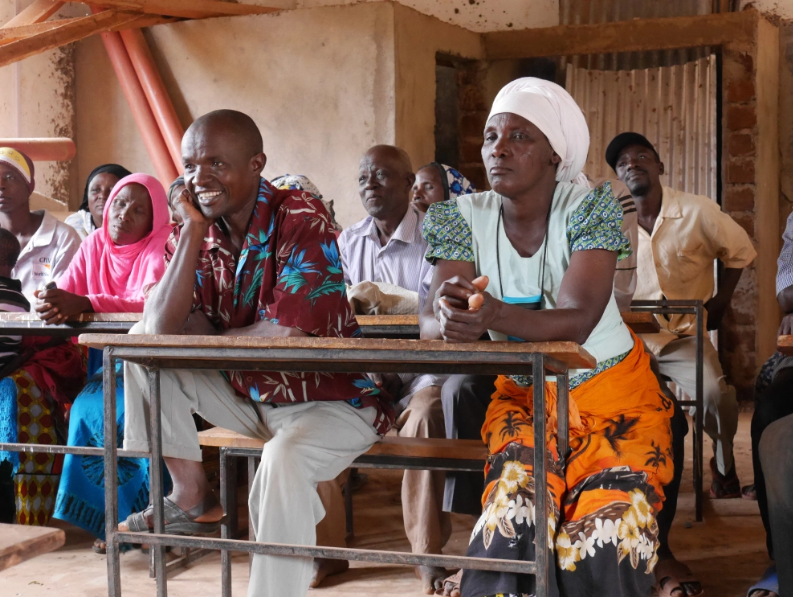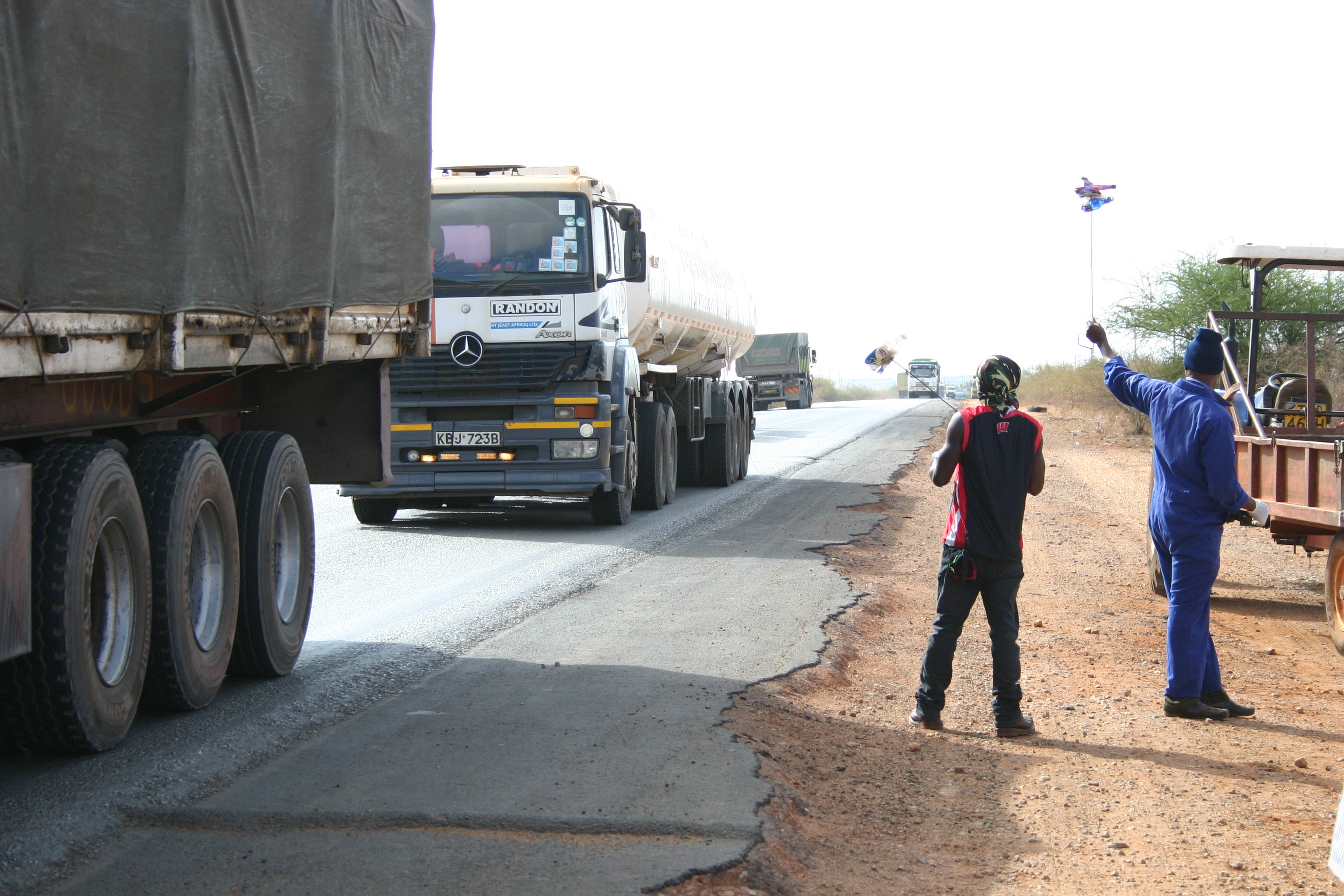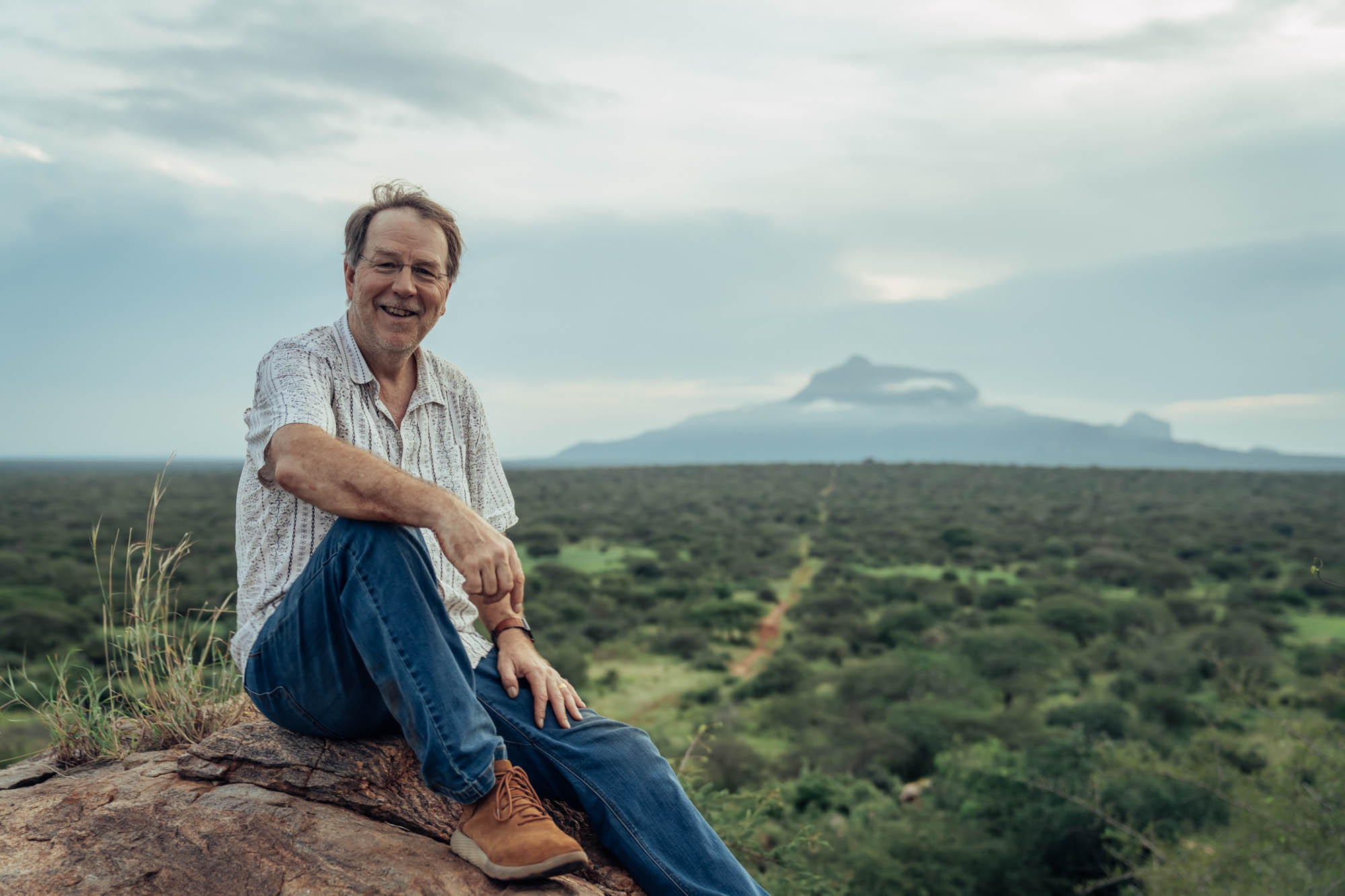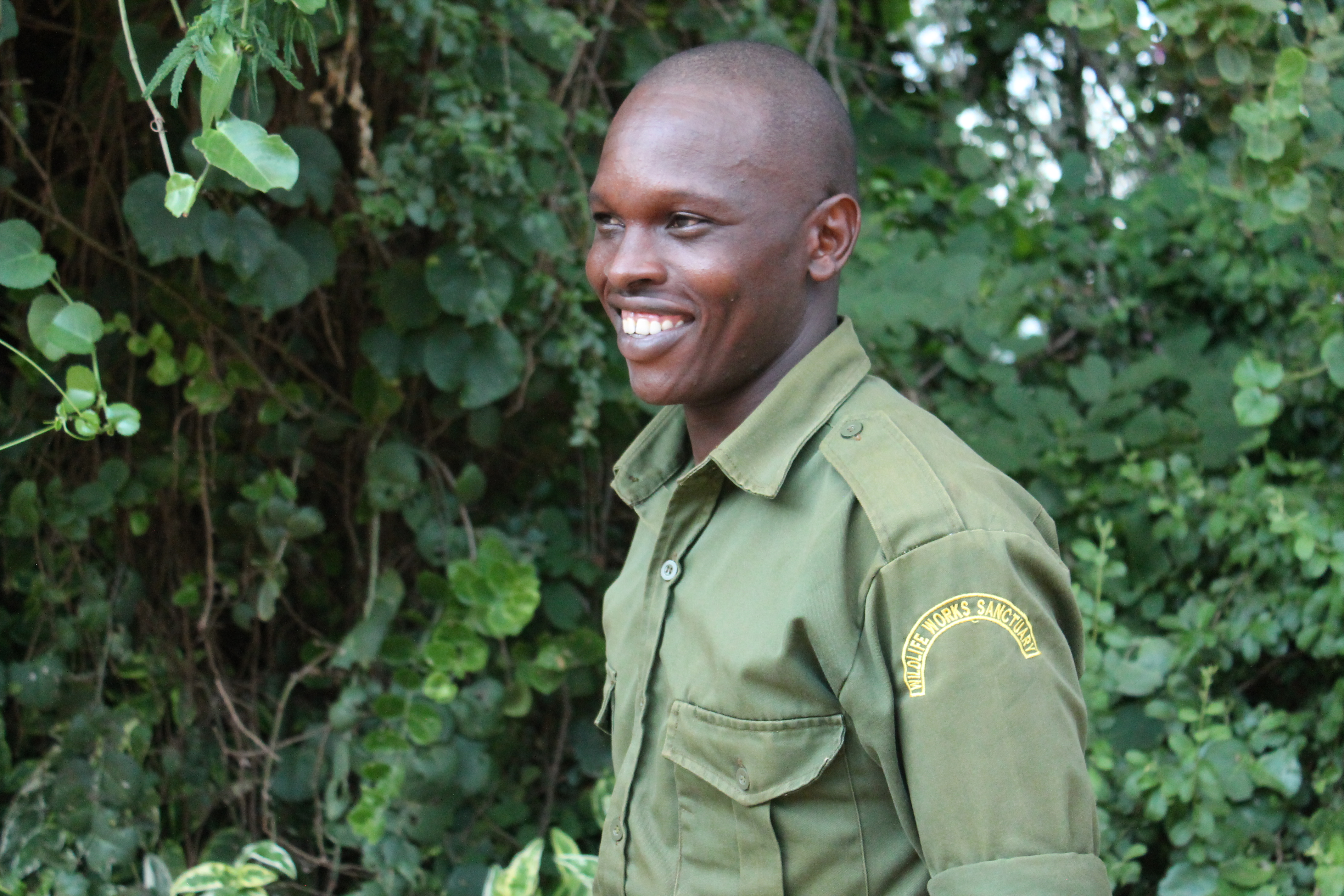-
Meet Our Seamstresses for Fashion Revolution Week
Do you ask your favorite brands, #WhoMadeMyClothes? Production at Wildlife Works provides full transparency for our clients and their customers. Meet some of our tailors and learn about their aspirations. Meet MAGDELINE (far left). She’s in charge of quality control at the Wildlife Works Eco-Factory. She has one son who is 3 years old who attends our 100% subsidized Wildlife Works Nursery during the day while Magda is at work. She’s proud of being able to support herself and her child through her salary. On the weekends, she takes care of her 15 chickens at home. Yes, 15! Meet ELPINA. She has been working at Wildlife Works for 6 years.…
-
Fashion Revolution Day Events: San Francisco Bay Area
Fashion Revolution Day Events San Francisco Bay Area On 24 April 2013, 1,134 people were killed and over 2,500 were injured when the Rana Plaza complex collapsed in Dhaka, Bangladesh. That’s when Fashion Revolution was born. On 24 April every year, Fashion Revolution Day brings people from all over the world together to use the power of fashion to change the story for the people who make the world’s clothes. We want fashion to become a force for good. In San Francisco, California, where Wildlife Works corporate offices are located, we got together with a few ethical fashion leaders to organize and promote these inspiring events. Get involved! If you can’t make these…
-
5 Steps to Green up Your Closet
5 Steps To A Sustainable Closet Believe it or not, having a sustainable wardrobe is crucial to our planet’s health, and to yours. According to surveys, most people only wear about 20 percent of the clothing in their closets. Coupled with the fact that the average woman has $500 worth of unworn clothing in their wardrobe and you can see that there is clearly a problem. Fast fashion has trained us to buy throw away fashion that’s worn once and thrown out. The average American tosses 82 pounds of textile waste each year, which adds up to 11 million tons of the stuff from our country alone. It’s time to convert…
-
Keeping the Kasigau Wildlife Corridor Litter Free
The Rukinga wildlife corridor is a pivotal crossing point for several different types of wildlife, from elephants to baboons. Unfortunately, it is located next to the A109, also known as the Mombasa Highway. Thousands of cars and commercial truck drivers pass through this area on their way from the coast to Nairobi. It isn’t uncommon to see someone chucking a plastic drink bottle out the window. This practice has led to an area cluttered with colorful drink bottles and discarded tire rubber. The wildlife and domestic animals living in the animal are susceptible to ingesting these pieces of plastic and risk dying. Not to mention, how much of an eyesore…

